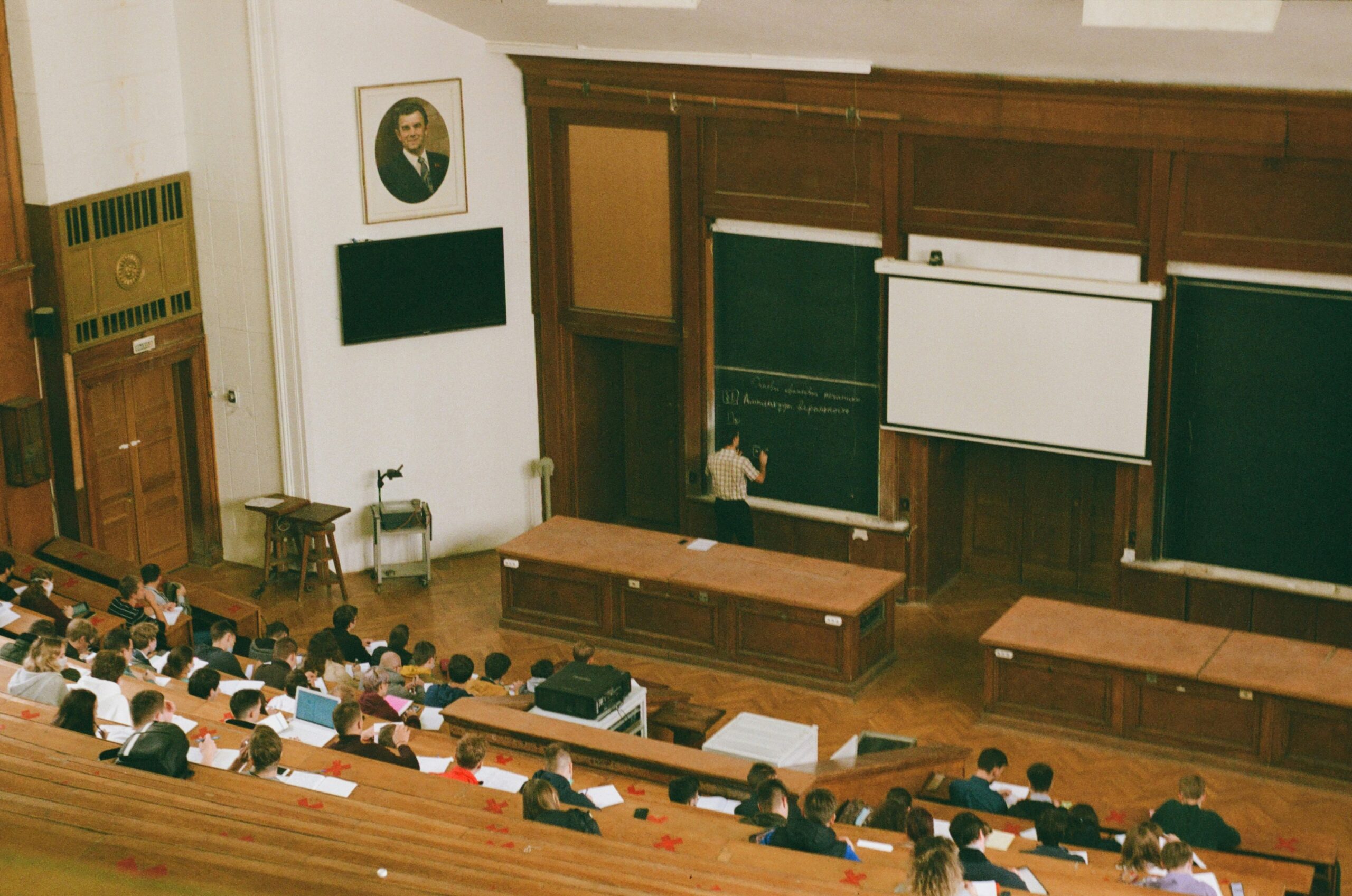Battling financial pressures, declining enrolment and a significant dip in overseas applicants, the UK Higher Education (HE) sector is facing a time of significant transformation. Due to mounting pressures, universities have been driven to make difficult staffing decisions, which have resulted in a rise of voluntary redundancy (VR) opportunities across the sector.
While many see the word redundancy as a ‘bad thing’, VR schemes can often be very positive moments of individual redirection for the better and an effective tool to reshape institutions in a collaborative and compassionate manner. Particularly in the context of HE, VR can ensure staff receive clarity, reassurance and tailored support. However, the success of the process hinges on proactive, clear and structured communication to reduce uncertainty, encourage uptake and preserve the integrity of academic communities.
The University and College Union (UCU) has revealed that one in every two universities is cutting staff jobs and student courses, which means thousands of jobs across Higher Education are currently at risk . In January 2025, the UCU launched its Stop the Cuts petition, to combat the dire situation the HE sector faces but one thing is very clear – without more funding or a drastic rethink of how all courses and degrees are delivered, the sector and many of its workers are at a crossroads.
Against this backdrop of certain change, Owen emphasised the unique position of HE institutions and the complex landscape they must navigate. He commented: “When implementing a VR scheme, unlike perhaps more corporate settings, HE institutions are very committed to protecting their public integrity and maintaining autonomy.
“Unlike many sectors, HE often has a high volume of very long-term staff members who have built their unique and sometimes rarefied professional identity around one institution and specialism, so being faced with VR can feel daunting, uncertain and often very personal. This is why clear communication is key throughout this process and that HR teams shift their focus from long term restructure to supporting immediate transitions.
“It is very normal in university settings for staff to panic and wonder what they could do next, how they could transfer their skills and if now is even the right time to make a change. With this in mind, it is the duty of HR teams and institutional leaders to focus on offering tailored, individualised career-transition support.”
Beyond protocol, Owen and his team at INTOO emphasise the human element of redundancy. From start to finish the process can have a profound emotional impact on a person, which means institutions must not overlook the mental health implications for staff. Providing career transition support means individuals receive career coaching, financial advice, and outplacement support, including CV building and academic portfolio development, LinkedIn and online presence guidance and job search assistance. This level of support can help individuals to feel more confident which naturally eases the transition to their next role.
Owen continued: “It is vital that universities define what is being offered to their staff in clear language and embed this with a formal VR communication strategy. As the redundancy process unravels, people will be vulnerable, confused and perhaps hurt – which is why HR teams must ensure individuals understand that a support structure has been established to navigate their transition. Each role across each institution will vary so it is crucial that the service offered is tailored. From professional services and research roles to academic and technical staff, the demands will remain diverse, and this needs to be reflected in the career transition support.”
INTOO supports global businesses through workforce change, helping them deliver redundancy processes that are fair, culturally appropriate and genuinely supportive of every individual impacted.
Owen added: “This feels like a time of loaded opportunity for the university sector, with a fine line to be navigated between stability on the one hand and both reputational and trust erosion on the other. As I’ve said from the beginning, whether organisations create clear and strong lines of communication or not will be the difference between a smooth and successful VR process or one which could damage institutions local and national legacy and impact considerably. People are at the heart of education and how those people are treated reflects on everyone making decisions about their futures. Its important teams normalise conversations around transitions and provide confidential time and space for exploration.
“On the other side of this conversation are the people who remain in the institution. These individuals need equal levels of reassurance from the HR teams who must communicate clearly the changes being made plus the short and long-term impacts on their workloads and team dynamics. Whether voluntary or not, redundancies are never easy. However, if institutions approach the situation with thought and respect, it doesn’t have to result in reputational damage.”







